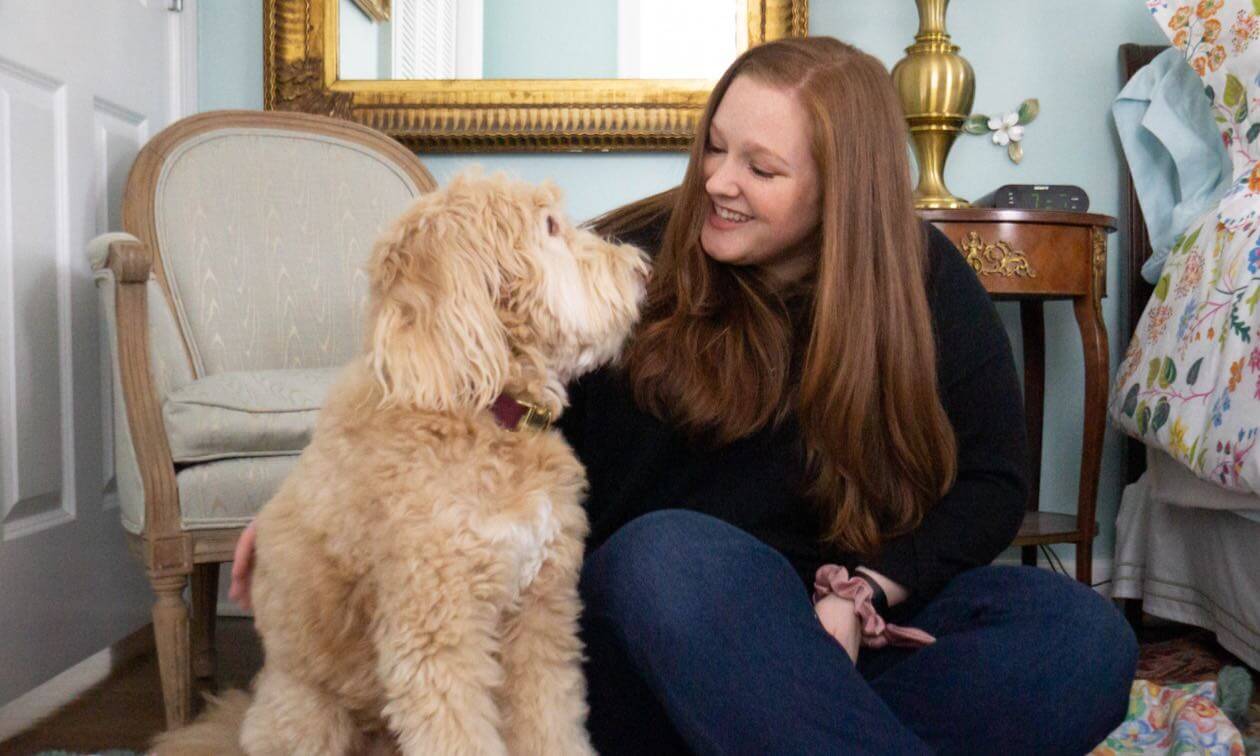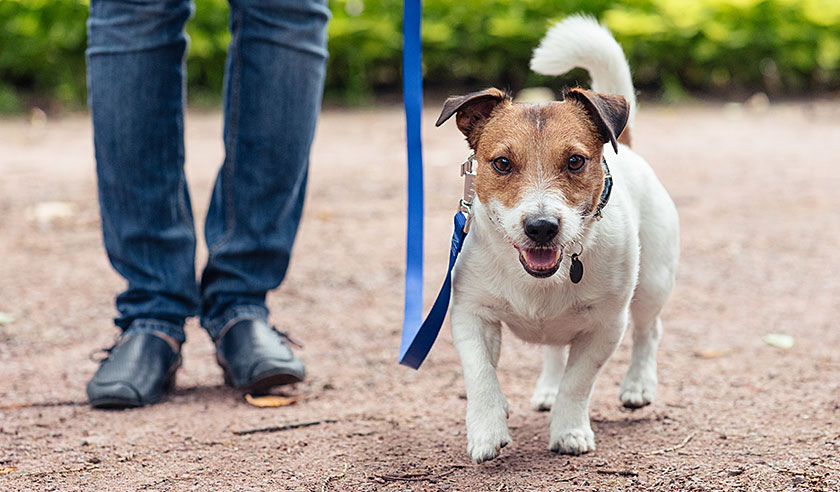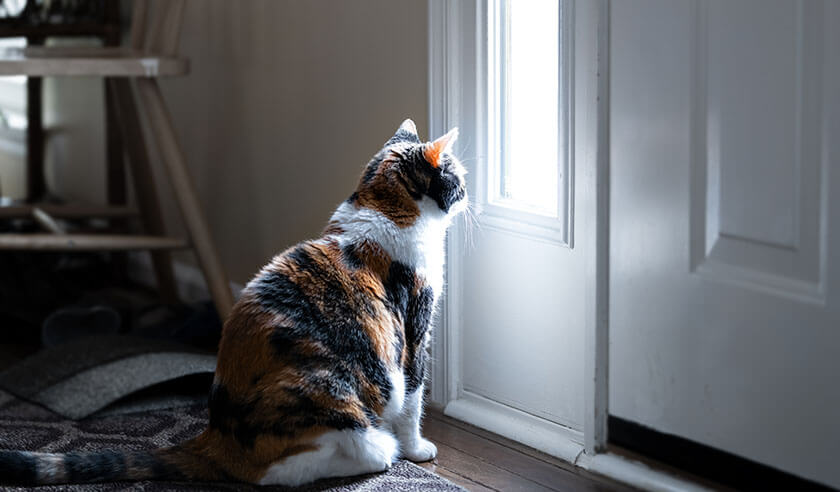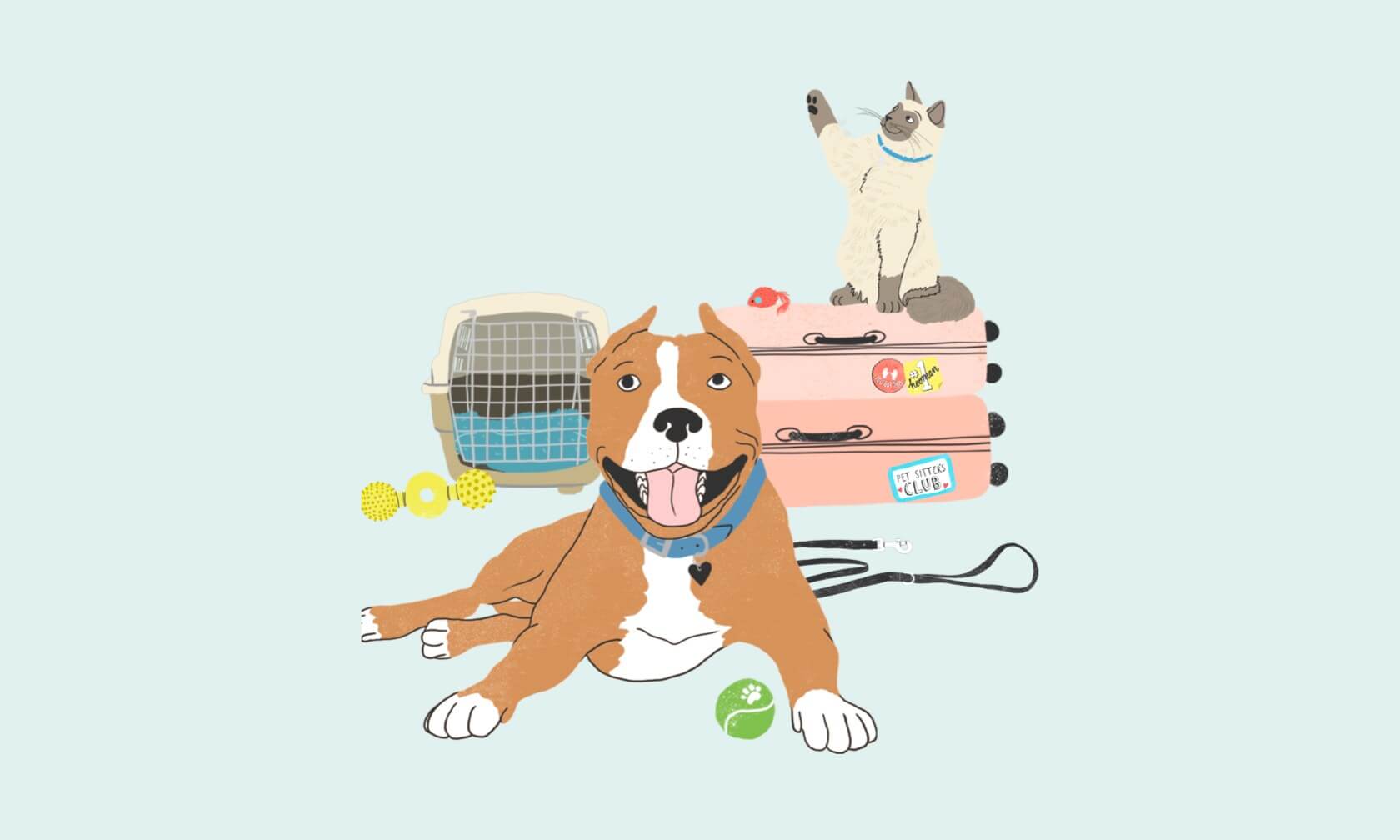After your bags are packed, and your pet sitter is booked, it’s time to think about preparing your pets and your home for the pet sitter. By planning ahead and leaving clear cat-sitting and dog-sitting instructions, you’ll make it easy for your sitter to give your pets the best “staycation” possible.

Preparing Your Home for Your Pet Sitter
Access
Walk through your home and put away items that your dog or cat shouldn’t have access to. Close doors to rooms where you don’t want pets wandering, such as children’s bedrooms.
Overnight Stays
If your pet sitter is staying overnight, prepare the room they will be sleeping in and stock your guest bathroom. If your dog usually sleeps in a bed or crate in the same room as you, consider moving it to the room the sitter is using. It’s also a nice gesture to leave your Wi-Fi password.
Chewing Hazards
Put away items that your dog or cat may consider an enticing but unacceptable chew toy, such as shoes, charger cords, or tv remotes.
Walking Accessories
Hang your dog’s leash, harness, and other walking gear (like extra poo bags!) where your pet sitter can easily see and grab them for daily walks.
Toy Safety
Have toys easily accessible, and make sure your pet sitter knows which toys can be left out for your pet and which should only be used with supervision.
Food Prep
Make sure your pet’s food is fully stocked before you leave. To make it easier on your pet sitter, consider pre-portioning meals in containers kept in the pantry, cupboard, or refrigerator. If your pet eats their meals from interactive puzzle toys, prepping these ahead of time (and keeping them in the freezer if needed) means they’re easy to grab and give!
What to Leave For Your Pet Sitter
House Keys and Alarm Codes
Give your sitter a house key to use during their stay and inform them of where they can find a spare if needed. You may also want to give them a garage opener if they are staying overnight and need to park their car inside. And don’t forget the alarm codes.
Dog-Sitting Instructions
Write out your dog’s daily routine for your dog sitter so they know when to feed meals and when regular walks and play take place. Note how much food your dog gets for each meal and whether you feed it in a regular bowl or interactive puzzle. Make sure your sitter knows where the water bowls are so they can refill them when they get low.
Write out your dog’s usual potty routine, so your sitter can help prevent potty accidents in the house. Dogs thrive with routine and sticking to a regular schedule that they’re used to helps lower any anxiety or stress they may feel when you’re away.
Cat-Sitting Instructions
Cats also do best when they stick to a routine! Note your kitty’s regular feeding schedule and amounts, and whether they graze or eat it all at one sitting. Include your cat’s favorite games or toys so your cat sitter can play with them during their visits. Make sure your cat sitter knows where the litter boxes are, how frequently they should be cleaned, how to dispose of dirty litter, and where they can find litter supplies.
Special Medical Care Instructions
If your pet has any medical needs like daily medications, injections, supplements, physical limitations or requirements, etc., it’s vitally important to leave clear instructions and walk your pet sitter through the process. Be specific about dosage, timing, and how they should work with your pet. This may include things like how to wrap your cat in a towel for easier pilling or how to distract your dog while putting drops in their ears.
Special Behavior Instructions
If your dog or cat has any behavioral issues or needs, they should be discussed in advance with your pet sitter. This may include situations where your pet could be aggressive or fearful, training that requires them to sit before they receive meals, not being allowed on counters or furniture, etc. Make sure they know how to handle these situations in the best way for your pet.
Emergency Contact Information
Post a list of at least three emergency contact numbers for your pet sitter if there is an emergency. These should be friends or family members close by.
Note how your sitter can contact you while you’re away, such as your cell number, the numbers of anyone traveling with you, as well as the phone number and address of where you are staying.
Write down your pet’s regular veterinary clinic info, with phone number and address. Include information about the closest animal emergency or urgent care clinics. Post this contact list in a prominent place in your home, and text or email the information to your sitter as well.
Medical Treatment Authorization Form
If there is an accident or injury to your dog or cat while you’re away, taking them to the vet isn’t as straightforward as you may think for your pet sitter. Your regular veterinarian or an emergency clinic needs owner authorization for many treatments or procedures. You don’t want your pet sitter burdened with making difficult (and often expensive) care decisions without your input if they cannot get a hold of you.
Fill out a temporary medical treatment authorization form. Leave it with your pet sitter and forward a copy to your veterinarian. Make sure the document includes:
- Dates you’re away and when pet sitter has treatment authorization
- Your contact information
- Your regular veterinarian’s contact information
- A statement that you authorize the release of your pet’s medical records in case of emergency care
- Whether your pet sitter has the authorization to make decisions regarding humane euthanasia of your pet
- Statement of your acceptance of financial responsibility for any medical care your pet receives
- Your pet’s age, reproductive status, microchip number, past medical history, known allergies, current medications, supplements, etc.
- Any notes for veterinary staff regarding your pet’s behavior at veterinary clinics
- Your printed name, your signature, and date signed
Consider whether you’d like to leave a credit card number with your veterinary clinic or with your pet sitter in case of an emergency.
Checking in on Your Pets While You’re Gone
Before your trip, ask your pet sitter if and how often they send updates. Find out if they prefer text, phone call, or email update requests. If you’ll be in a different time zone, avoid early morning or late-night texts and calls! If you have pet cameras around your home, it’s polite to let your sitter know, so they aren’t caught unaware.
With a little planning and preparation, you can set out on your trip without worry, knowing your pet sitter is well-prepared and your pet is in good hands.
ZPC-01692R1





